SUMMARY
This is AI generated summarization, which may have errors. For context, always refer to the full article.
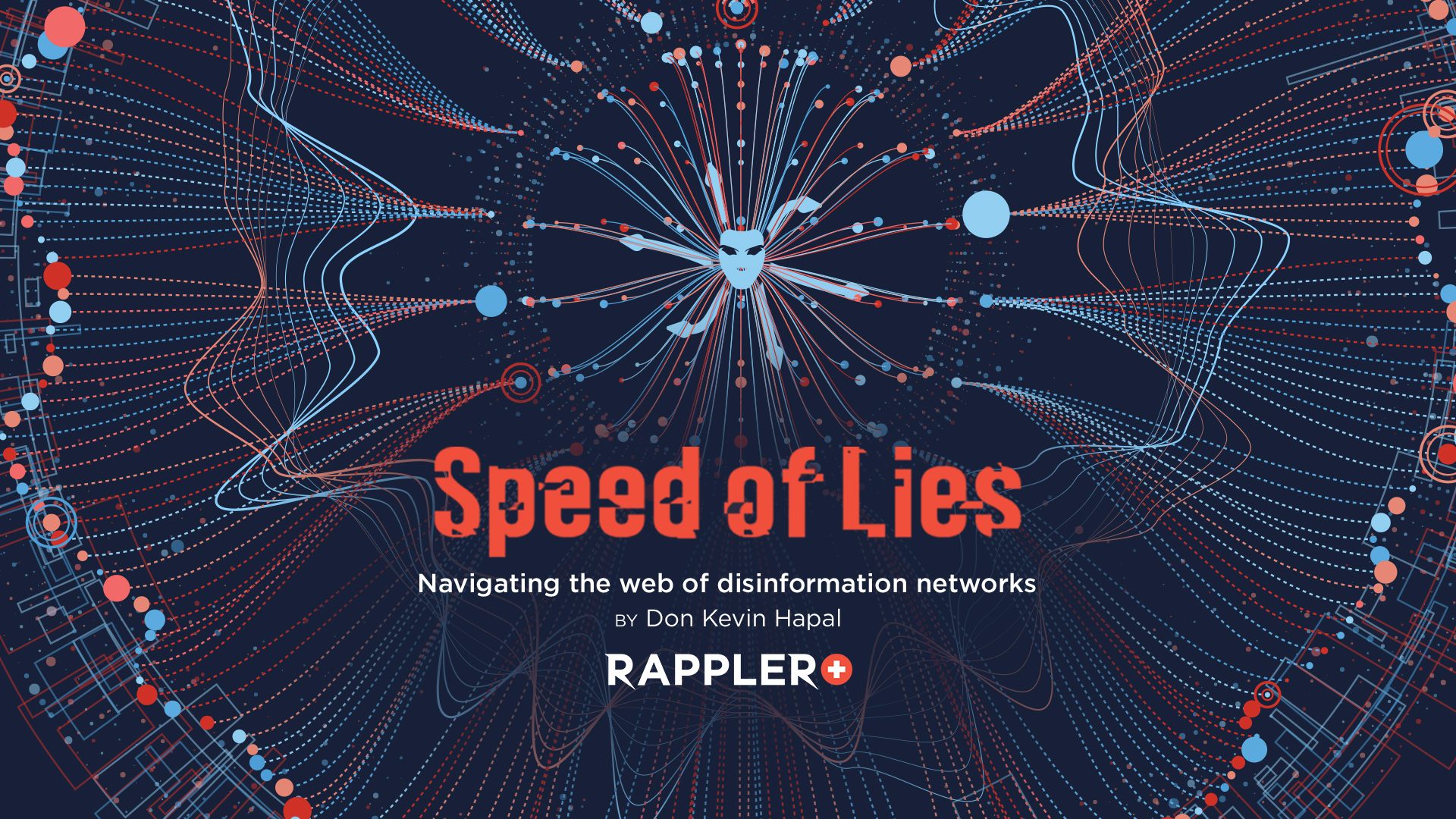
As someone who works with data, I’ve had my fair share of dealing with people thinking like data science is magic. Of course I hardly consider myself a scientist; I’m a data journalist more than anything. But working in this space has taught me that although data is powerful, it can also take you in the wrong direction.
In PR and marketing, for example, data has become all the rage – especially at the height of the pandemic as brands raced to predict what the “new normal” would look like. I’ve seen too many marketers in roadshows talking about trends and what-have-yous. They bring their toolkits: engagement metrics, sentiment analysis, and “share of voice.” These are your benchmark for success, they’d say. You wouldn’t fare well in this age if your communications are not “data-driven.”
But I’ve also seen many of the agencies fail these businesses, and outrightly use these magical metrics to mislead. Three years back, as a consultant for an agency, I remember getting a pitch from quite the odd company: they were in the business of getting ad agencies the engagement they needed to meet their KPIs.
They called themselves an “influencer agency” that would focus on real users with smaller followings. But it’s a click farm through and through. They’ve created an app that gives “rewards” to “real users” who engage with ads or campaigns they serve. For 50 pesos, for example, they can get a person to share your post. For 1000 pesos, you can get someone to attend your event. They had a wide range of local clientele, they said. Mostly ad agencies who needed to hit their targets.
Context is everything
But it’s not always intentional, of course. With the right data, especially on social media, campaigns can truly be made more effective. And all agencies and brands want to hop in on the trend. So they take all the metrics available and sprinkle it on everything like a pixie dust.
But more often than not, we take these metrics at face value. We bucket engagement as either good engagement or bad engagement. We need more likes, more shares, more comments. We need more posts because that means more mileage. We need more engagement because… well, we were taught that’s the goal of the game.
Not looking at these metrics within the proper context, however, can lead to wasted resources. Shares have no value if they don’t reach the right audience. “Likes” make marketers feel good, but they very rarely lead to an actual real-world action. Yet we’d often see brands set KPIs around these metrics like they’re the be all and end all for campaigns. I’m not saying these metrics are completely useless. But if we don’t go beyond the obvious when interpreting them, they can give brands a false sense of success and lead to a disaster in strategy.
Hearts, likes and metrics for #PHVote
Now, this becomes more problematic when we don’t treat electoral campaigns with extra diligence. We shouldn’t be using the same marketing KPIs for brands on a candidate vying for a post. And it would do one well to keep his biases in check when interpreting data related to elections. The last thing you want, as a campaigner, is to find yourself cherry-picking, looking only at data that confirms your biases. In fact, in trying to predict the outcomes of the election, I’d argue that candidates would fare better if they operate on the more pessimistic side.
I’ve seen campaign teams use vanity metrics as benchmarks of success. Oh, how they celebrate over more “hearts” and other “positive” Facebook reactions. This, despite all other data points showing another candidate leading with a wide margin – wider reach, more unique content, more unique users being engaged.
First of all, there’s no confirmation that getting more “positive” reactions won’t get you more reach. In fact, leaked documents in 2021 showed that Facebook algorithms even prioritized posts with high angry reactions, which were more likely to push out more misinformation to users. This might have changed but I don’t think they’d flip it the other way.
Meta itself, in a report, clarified that posts with the most interactions do not equal posts with the most content views or reach. “Engagement” by itself is a very broad metric. There are different interactions on Facebook, and they shouldn’t all be treated to have the same weight, so more nuancing is needed when interpreting engagement metrics.
We should also avoid assuming that everybody uses Facebook the same way. Many campaigns celebrate getting more of a particular interaction, while failing to consider that each candidate has a unique supporter base. Different demographics skews who interacts with the platforms differently. Some candidates have a supporter base that skews more towards the tech-savvy, younger generation. But that doesn’t mean other candidates don’t have as many supporters online; it could also just be that they don’t interact with the platform the same way.
There are also other marketing metrics used in campaigns like “share of voice,” where a candidate’s mentions on social media are compared against other candidates. This is a good number to monitor, but can also be misleading – such as when posts across different platforms are aggregated and treated as having the same weight. This shouldn’t be the case, because platforms operate differently, and people tend to post on one more than another. But that doesn’t mean more reach – again, just different user behavior between different platforms.
There’s also the fact that some users are more active than others, posting so much more than the average user. But that won’t make much of a difference if their posts are just being served to the same audience again and again. You’ll win in “share of voice,” but this won’t necessarily mean more people reached, and ultimately, more votes.
Again, I’m not saying these metrics are not important, but measuring impact is really more complicated than it seems. Often more important than the numbers themselves are the whos, wheres, and whys.
What does your network look like? What kind of communities did you reach? Who helped you get into those communities, who are your boundary spanners?
Are you breaking out of your echo chamber?
Add a comment
How does this make you feel?
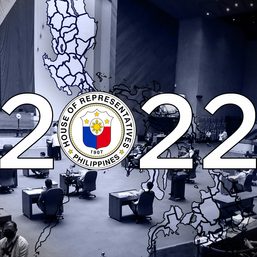

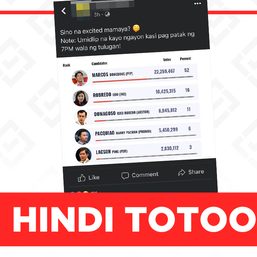
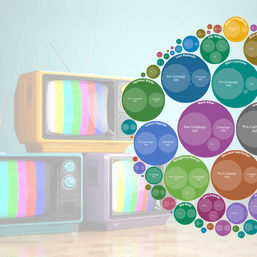





![[New School] Tama na kayo](https://www.rappler.com/tachyon/2024/02/new-school-tama-na-kayo-feb-6-2024.jpg?resize=257%2C257&crop=290px%2C0px%2C720px%2C720px)

![[OPINION] From ‘Puyat’ to ‘Tulog’: Clout-chasing street signs disrespected history](https://www.rappler.com/tachyon/2024/07/gil-puyat-july-26-2024.jpg?resize=257%2C257&crop=389px%2C0px%2C1080px%2C1080px)



![[DECODED] The Philippines and Brazil have a lot in common. Online toxicity is one.](https://www.rappler.com/tachyon/2024/07/misogyny-tech-carousel-revised-decoded-july-2024.jpg?resize=257%2C257&crop_strategy=attention)



![[Rappler’s Best] US does propaganda? Of course.](https://www.rappler.com/tachyon/2024/06/US-does-propaganda-Of-course-june-17-2024.jpg?resize=257%2C257&crop=236px%2C0px%2C720px%2C720px)





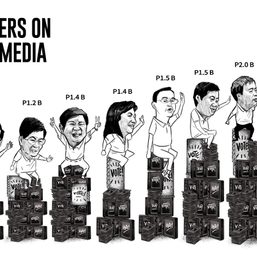
![[Stakeout] Ganid na ‘PR handler’ ang pahirap sa Pinoy](https://www.rappler.com/tachyon/2022/04/tl-3.jpg?resize=257%2C257&crop=430px%2C0px%2C1080px%2C1080px)

![[OPINYON] Tungkol sa naging viral na social media conjecture](https://www.rappler.com/tachyon/2024/07/thought-leaders-conjecture-07262024.jpg?resize=257%2C257&crop_strategy=attention)
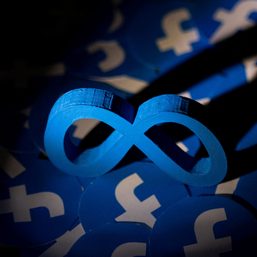





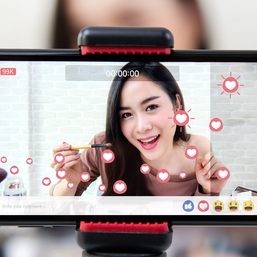

There are no comments yet. Add your comment to start the conversation.